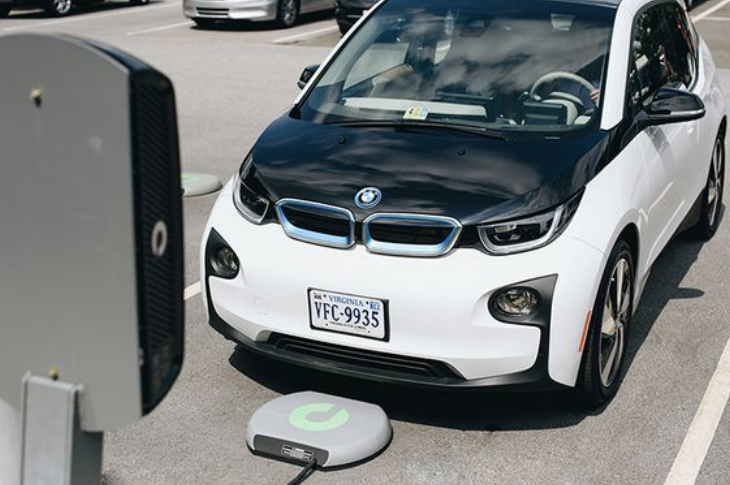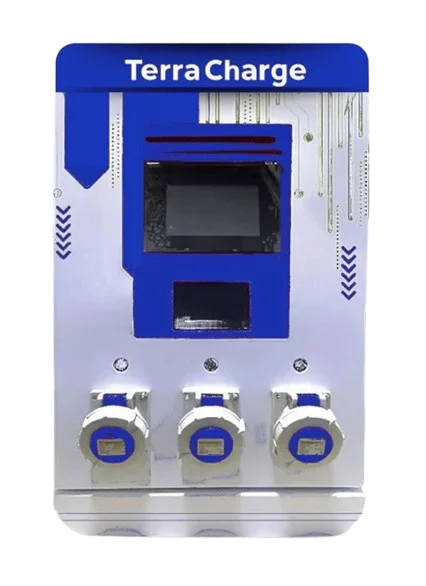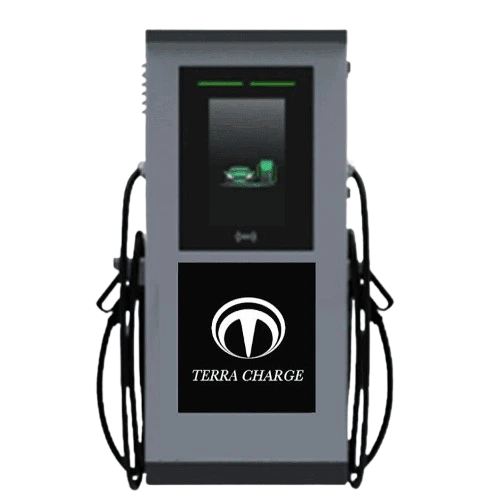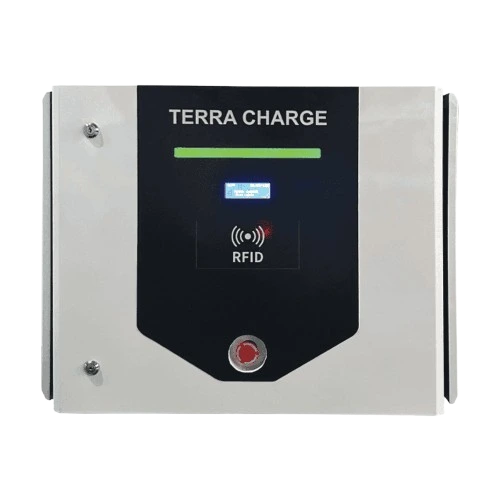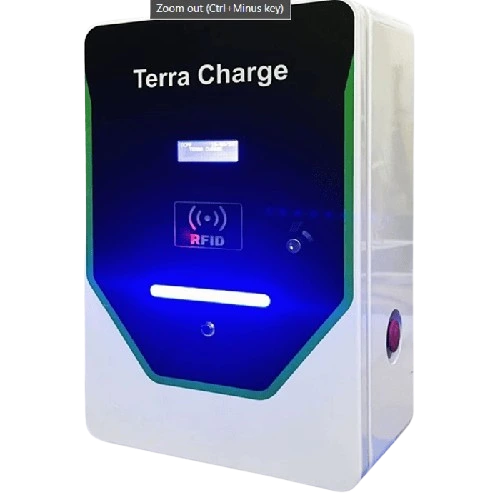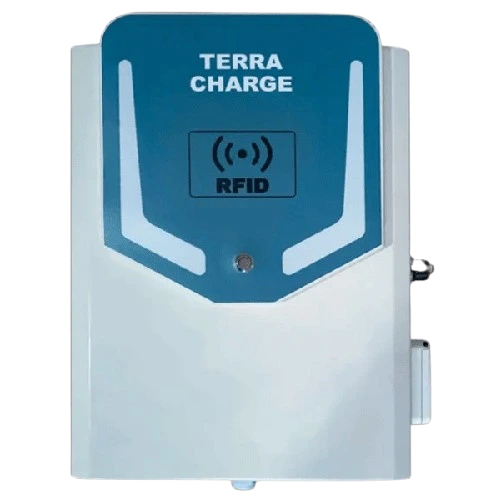Wireless EV charging transforms how electric vehicles charge by enabling them to charge without physical connections. Using methods like magnetic induction or resonance, this technology transfers power from a ground charging pad to a vehicle’s receiver. This eliminates the need for cords or plugs. The efficiency, continuous testing, and various applications, such as integrating it into roads, show how wireless EV charging can impact the use of an EV in the future.
What is Wireless EV Charging?
Wireless EV charging is a technology where an EV charges directly without using any cable, connector, or chord. That allows electric vehicles to charge without physical connections. It uses methods like magnetic induction or resonance to transfer power. The power transfers from a charging pad on the ground to a receiver on the vehicle without any cable or plugs.
How Does Wireless EV Charging Works?
- Wireless EV charging works the same as smartphone charging by using magnetic induction.
- Creates an electromagnetic field using a charged coil by transferring power without the need for cords.
In electric cars, the process involves a ground pad and a pad attached to the EV that creates an electromagnetic field for charging.
Unlike smartphone charging, EV inductive charging allows for a larger air gap and makes alignment less critical.
- Wireless EV charging claims high efficiency. Some sources report up to 99% efficiency, comparable to traditional charging methods.
Companies like WiTricity are testing and retrofitting EV models with wireless charging technology.

- Testing includes studies by institutions like the Rochester Institute of Technology and the Department of Energy’s Oak Ridge National Laboratory.
- While wireless EV charging is still in the testing phase, it holds potential for autonomous vehicles and last-mile fleet charging.
- Cornell University is researching wireless charging pads embedded in roadways, and Drexel University is developing road-integrated wireless charging tech.
- The widespread adoption of wireless charging on roads depends on addressing cost challenges, but recent infrastructure bills may ease improvements.
Also Read: CHAdeMO Fast EV Charging
Advantages of Wireless EV Charging
The advantages of wireless EV charging are:
- On-road wireless charging eliminates the need for traditional charging stations.
- The technology easily integrates into existing road infrastructure for urban and highway use.
Electric vehicle users experience convenience as an EV can get regular charging while the vehicle is in motion.
Challenges in Wireless EV Charging
- Infrastructure development for on-road wireless charging encounters challenges, considering costs and logistics.
- Assessing economic viability requires thoroughly evaluating initial setup and ongoing maintenance expenses.
- Overcoming technical hurdles, optimizing efficiency, and addressing energy loss are essential for widespread adoption.
Types of Wireless EV Charging
Wireless EV charging has 4 categories:
- Capacitive Wireless Charging
- Wireless Charging Permanent Magnet Gear
- Inductive Wireless Charging
- Resonant Inductive Wireless Charging
Capacitive Wireless Charging
- Use displacement current due to electric field variations.
- Uses coupling capacitors for wireless power transmission.
It supplies AC voltage that undergoes power factor correction and generates high-frequency AC for transmission.
AC voltage is converted to DC, and the battery is charged via BMS (Battery Management System).
- Energy transfer is affected by frequency, voltage, clutch capacitor size, and air gap between transmitter and receiver.
- Operating frequency between 100 to 600 kHz.
Wireless Charging Permanent Magnet Gear
- Employs armature windings and permanent magnets synchronised inside the winding.
- The transmitter side operates similarly to a motor, inducing mechanical torque and causing rotation.
- PM field causes torque at the receiver, resulting in rotation synced with the transmitter magnet.
Generates AC power at the receiver side and gets battery via a power converter.
Inductive Wireless Charging
- Faraday’s induction law induces a magnetic field between transmitter and receiver coils.
- The transmitter coil’s main AC supply creates an AC magnetic field, inducing power in the receiver.
- The system repairs and filters the AC output and then stores it in the car’s energy storage.
- Transfer depends on frequency, mutual inductance, and distance between transmitter and receiver coils.
- Operating frequency between 19 to 50 kHz.
Resonant Inductive Wireless Charging
- Functions as a resonator with high-quality factors, transmitting energy at a higher rate.
- Adjusts winding frequencies for maximum power transfer through the air.
- Includes a compensation network for adjusting resonant frequency and reducing additional losses.
- Enables wireless power transfer remotely.
- Operating frequency between 10 to 150 kHz.


